In an era of high volatility, how do leaders prepare for the future? What are the emerging trends that shape how leaders connect with their teams and stakeholders? What kind of communication is needed to enable leaders to excel?
Here are a few key thoughts.
1. Transparency is a Given. In an era of information overload, leaders who communicate openly and honestly build trust. People relate to humanity, not perfection.
Leaders who show vulnerability by revealing their challenges as well as their successes will model this trait for others; thus creating a culture of authenticity.
2. Storytelling is a Superpower. Reliance on data and numbers will leave employees uninspired. According to Daniel Kahneman, Nobel prize winning economist and author of Think Fast and Slow, states “No one ever made a decision because of a number.. They need a story.” The power of story cannot be underestimated. Stories convert complexity to simplicity, they make the message memorable and captivate the listeners. One of the best ways for leaders to share a vision and inspire employees is through story. Leaders can affect culture change through storytelling.
3. Leveraging Technology. Technology allows leaders to communicate faster, more frequently, and with wider reach. Whether it’s virtual townhalls, or social media, in a fast-paced digital world leaders can use technology to create inclusive environments and smoother operations.
4. Mastering Active Listening. The days of the :talking head” are gone. Stakeholders want to hear from the leader but they also want their voices to be heard. Leaders who practice and value active listening not only gain important insights but improve the performance of the company as well as creating an inclusive environment of belonging.
5. Flexible Messaging. Leaders must be able to turn on a dime. That requires the ability to pivot when necessary to adapt to a changing environment. They will need media training not only for themselves but for their teams. They’ll be required to respond to events with clarity, empathy, and alacrity.
Leaders who thrive in the future will value connection, authenticity, and adaptability in their communication.
What trends do you see that are influencing leadership communication? Share your thoughts in the comments.
To learn how to Speak Confidently and Effectively check out my LinkedIn learning course. It ranked in the Top 20 Most Popular courses for 2 years.
To learn techniques to overcome fear of speaking, read Chapter 3 of Knockout Presentations.
To work with me contact DiResta Communications, Inc.






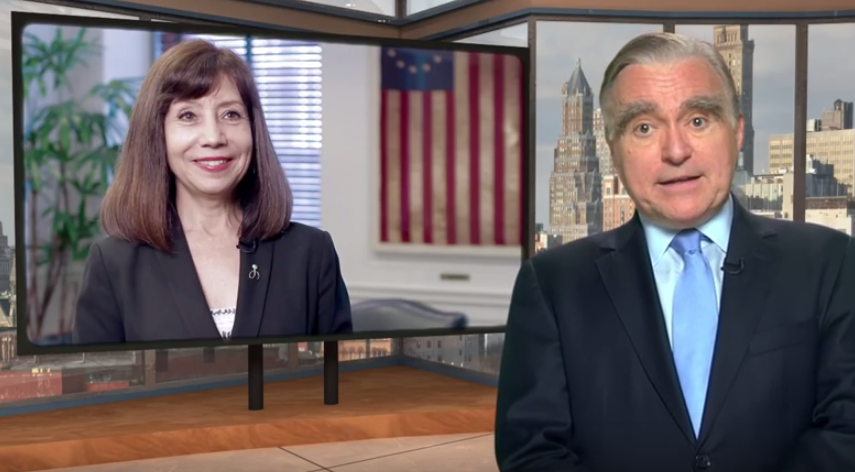 What do today's business presenters have in common with television anchors? They both have broadcasting skills. With
What do today's business presenters have in common with television anchors? They both have broadcasting skills. With 
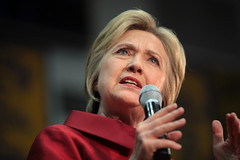
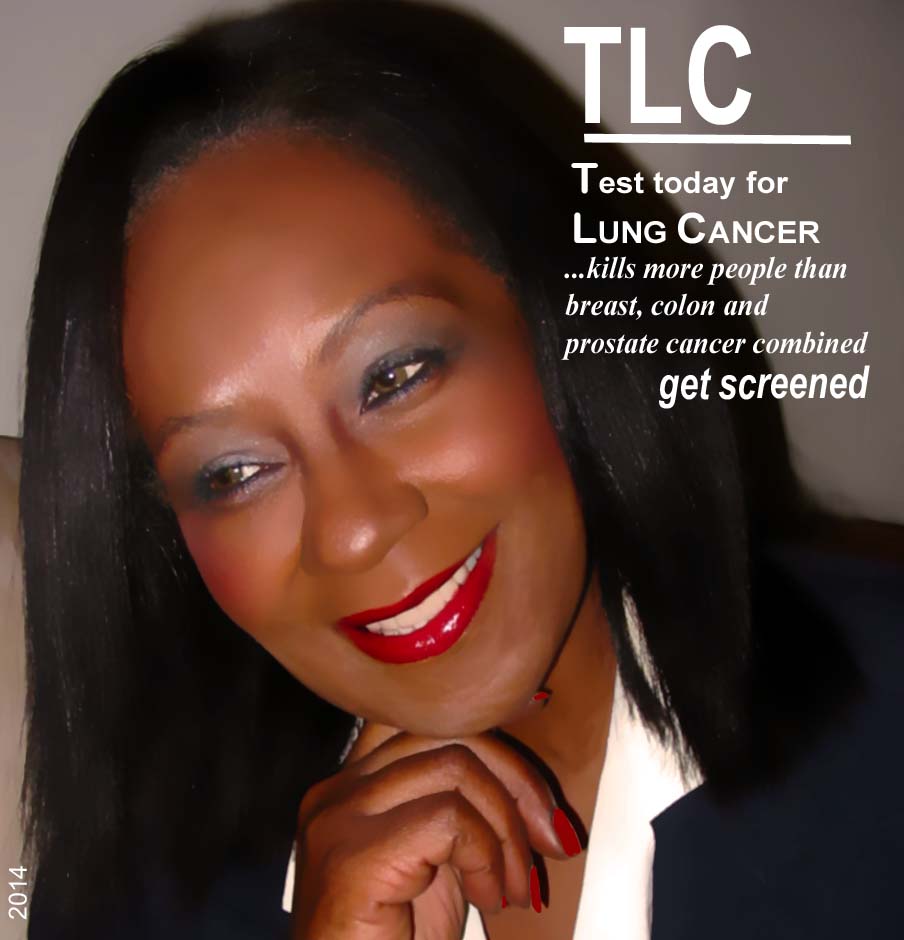 What do you do when a loved one dies and you're the person to give the eulogy? Last weekend I attended the memorial service of my friend, Linda who lost her battle to lung cancer at the age of 63.
Memorial services are usually bittersweet. The service was beautifully inspiring and sad at the same time. The tributes from her sorority sisters gave an insight into her personality and the reader of her legacy left a powerful impression of Linda's contribution of the world. The soloist sang Linda's favorite song with feeling and his voice filled up the room with love.
What do you do when a loved one dies and you're the person to give the eulogy? Last weekend I attended the memorial service of my friend, Linda who lost her battle to lung cancer at the age of 63.
Memorial services are usually bittersweet. The service was beautifully inspiring and sad at the same time. The tributes from her sorority sisters gave an insight into her personality and the reader of her legacy left a powerful impression of Linda's contribution of the world. The soloist sang Linda's favorite song with feeling and his voice filled up the room with love.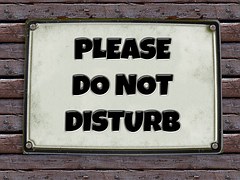 I went to the supermarket to pick up a few items. Not wanting to wait in line, I found a cashier who was without customers. She had her back turned as she was shuffling a deck of coupons. I approached her and stood there expecting her to stop what she was doing to serve me. She did not. She continued to organize the coupons and never said a word to me or attempted to make eye contact. She placed a rubber band around the coupons, put them in the drawer and without saying a word, started to ring up the two items.
I went to the supermarket to pick up a few items. Not wanting to wait in line, I found a cashier who was without customers. She had her back turned as she was shuffling a deck of coupons. I approached her and stood there expecting her to stop what she was doing to serve me. She did not. She continued to organize the coupons and never said a word to me or attempted to make eye contact. She placed a rubber band around the coupons, put them in the drawer and without saying a word, started to ring up the two items.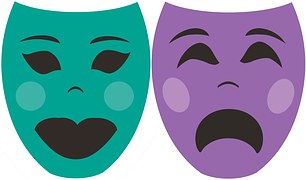 There are no boring topics-only boring speakers. Just about every audience and coaching client has heard me make that statement about
There are no boring topics-only boring speakers. Just about every audience and coaching client has heard me make that statement about